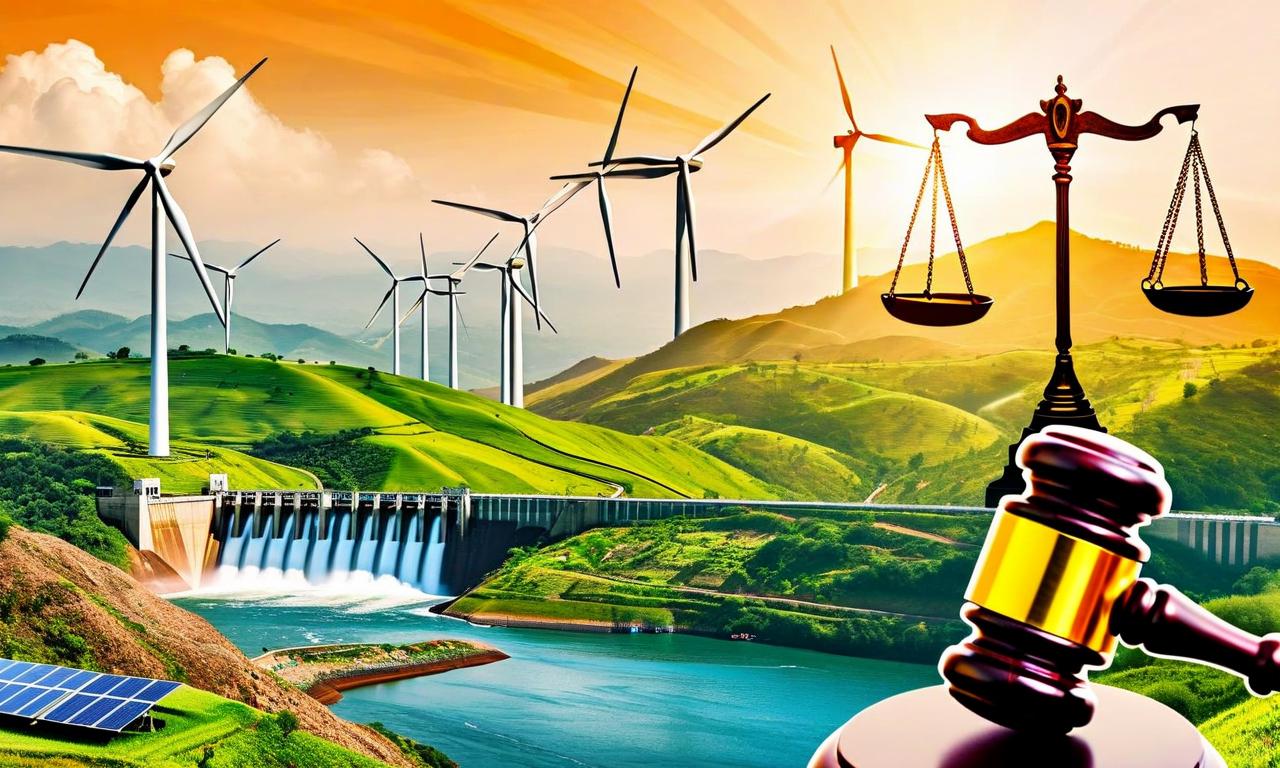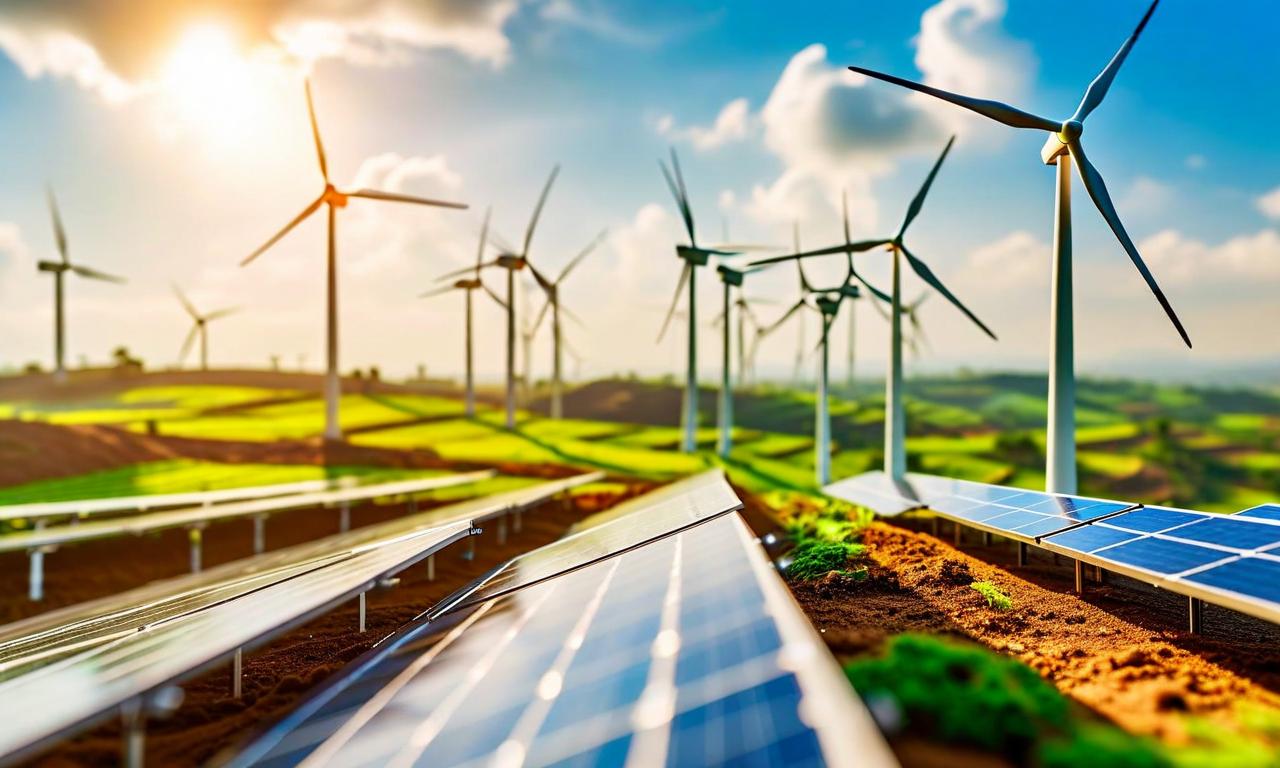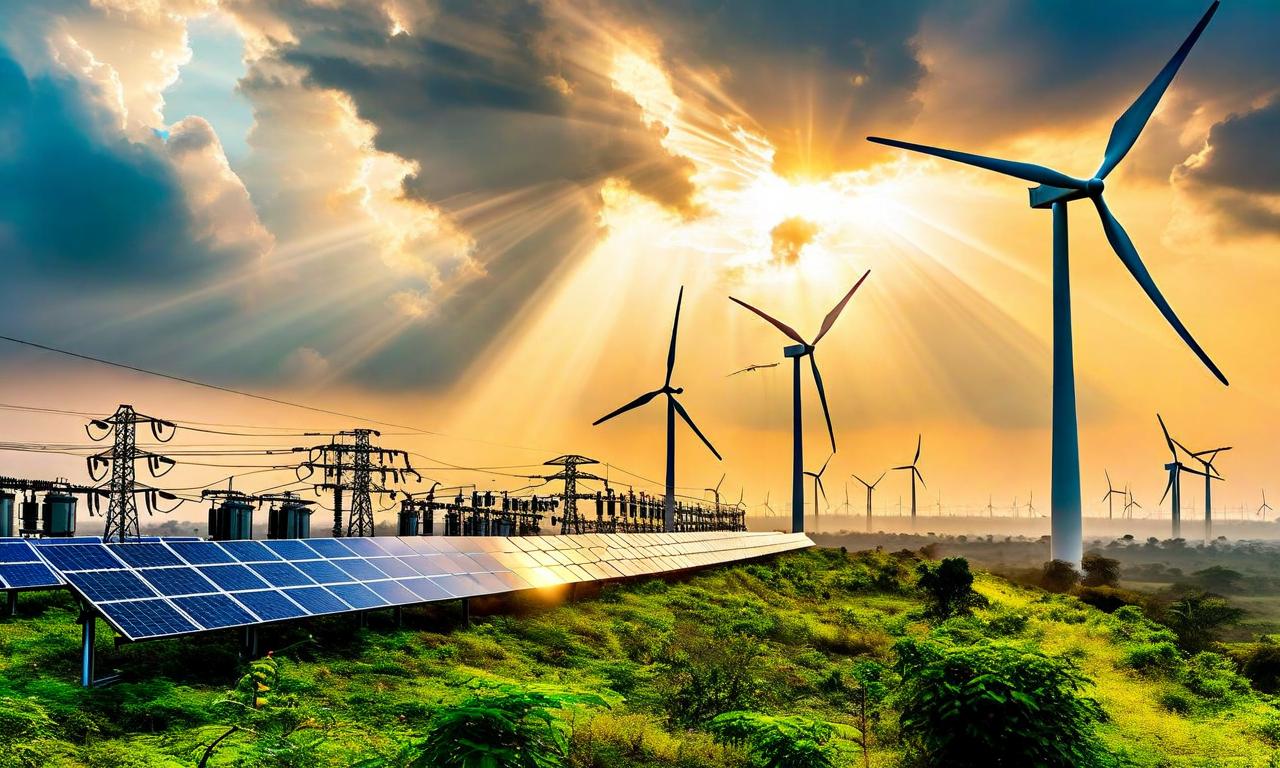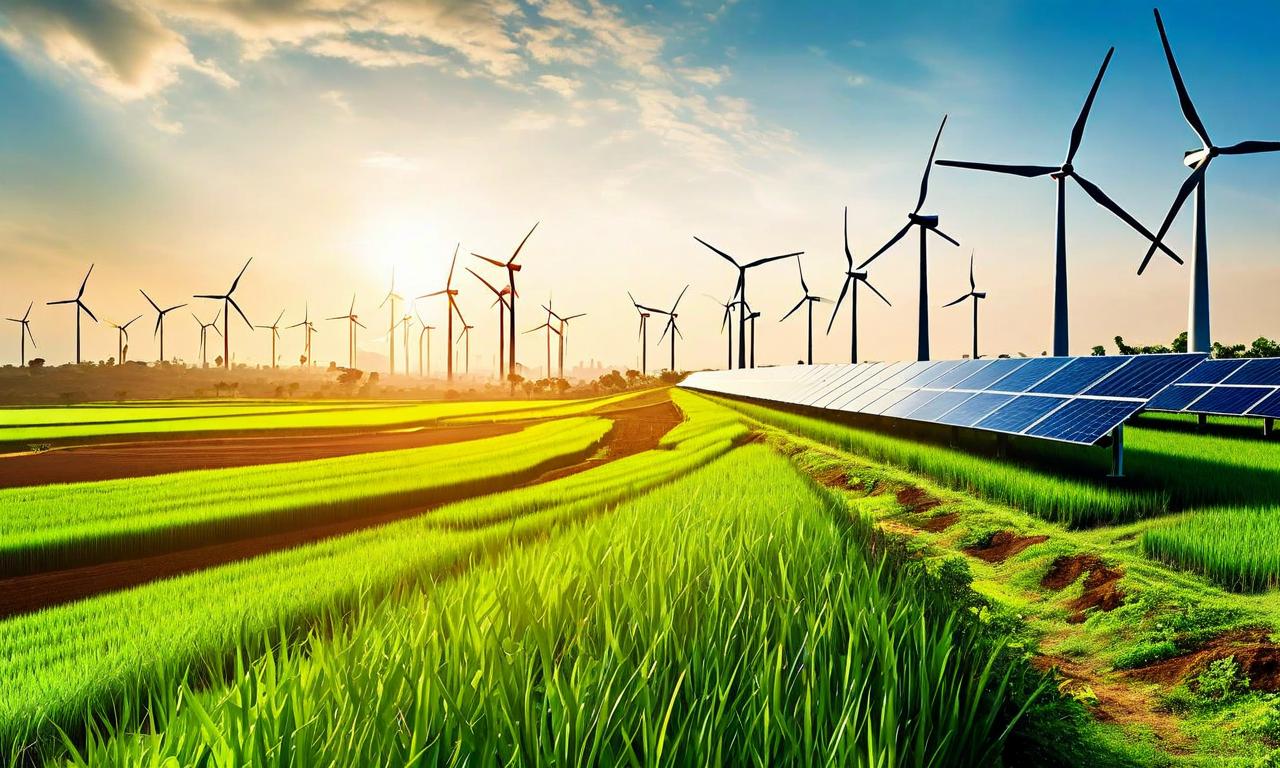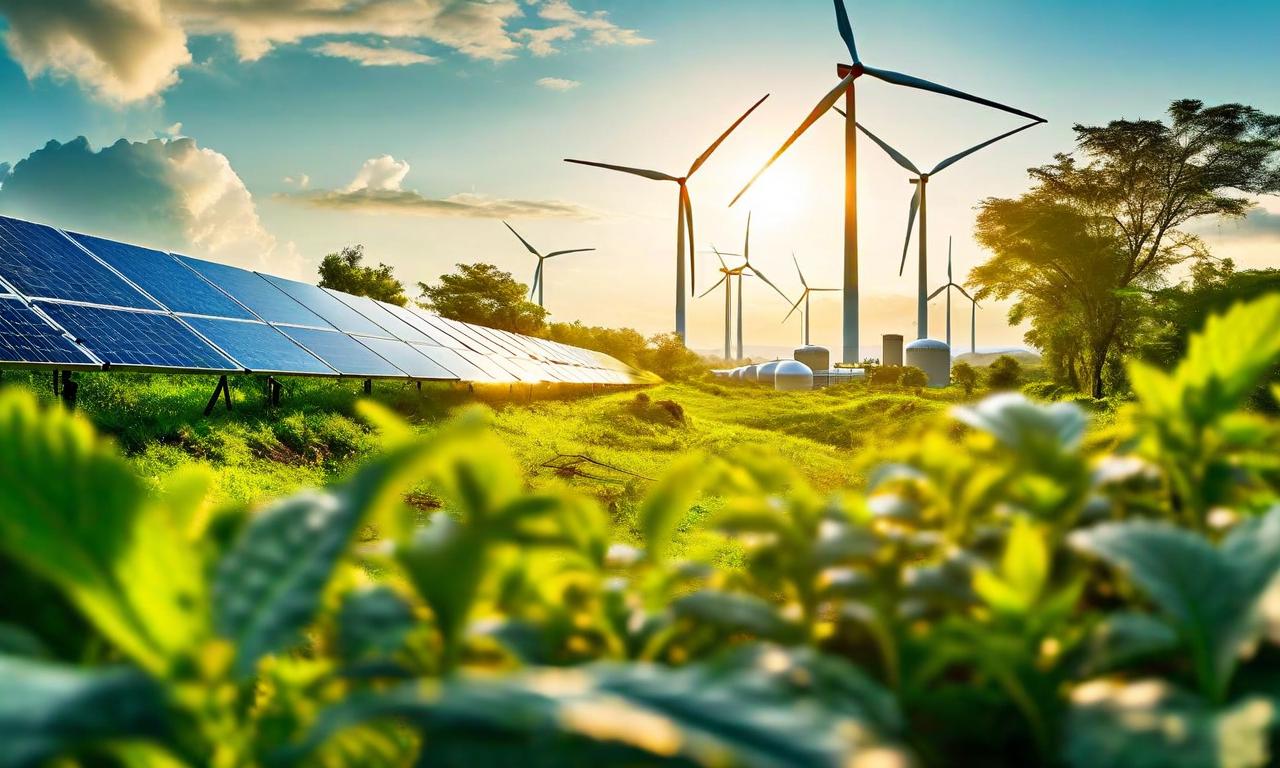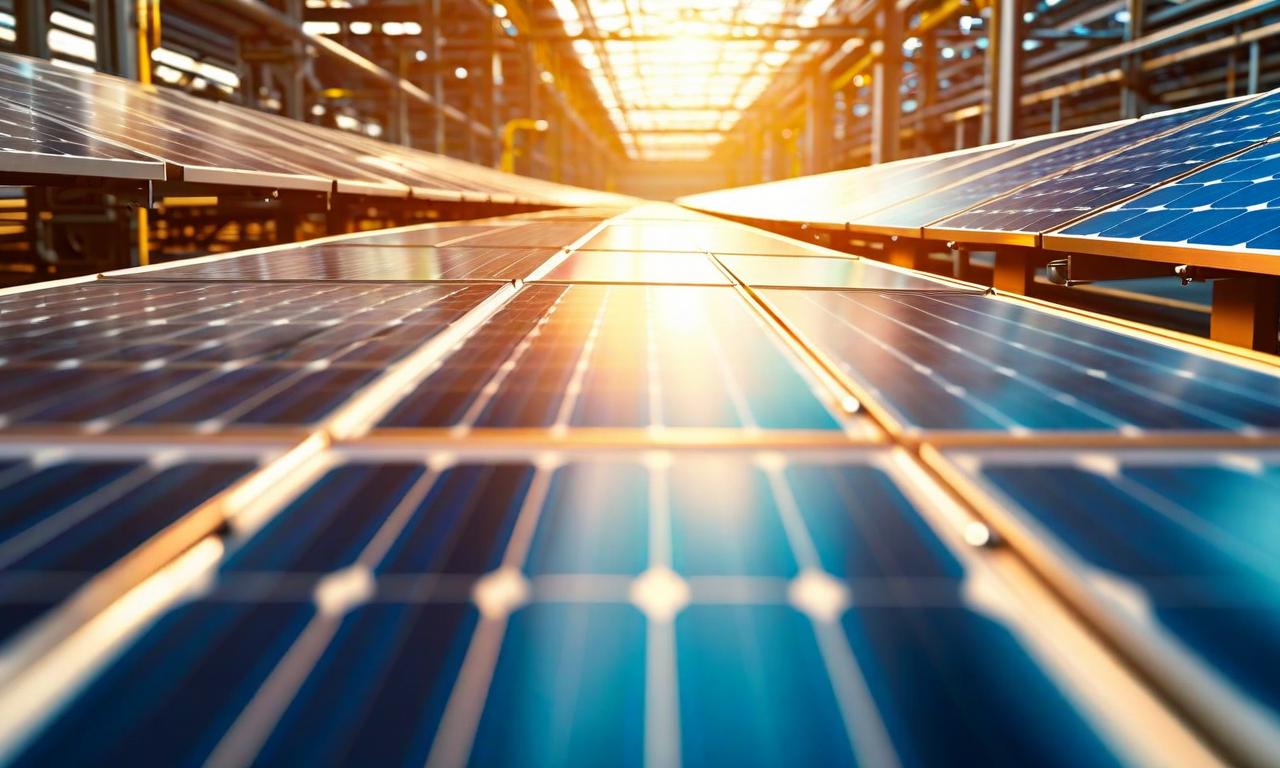India's Power Ministry Directs Clean Energy Agencies to Sign Purchase Agreements Without Buyers
India's Ministry of Power has directed renewable energy agencies to sign power purchase agreements directly with clean energy developers for projects lacking buyers. This move aims to address the issue of 50 GW of clean energy projects unable to come online due to transmission and regulatory delays. The directive, to be implemented by November 30, affects 42 GW of renewable projects without buyers from various agencies including NHPC, NTPC, SJVN, and SECI. This initiative aligns with India's goal to double its non-fossil fuel capacity to 500 GW by 2030.
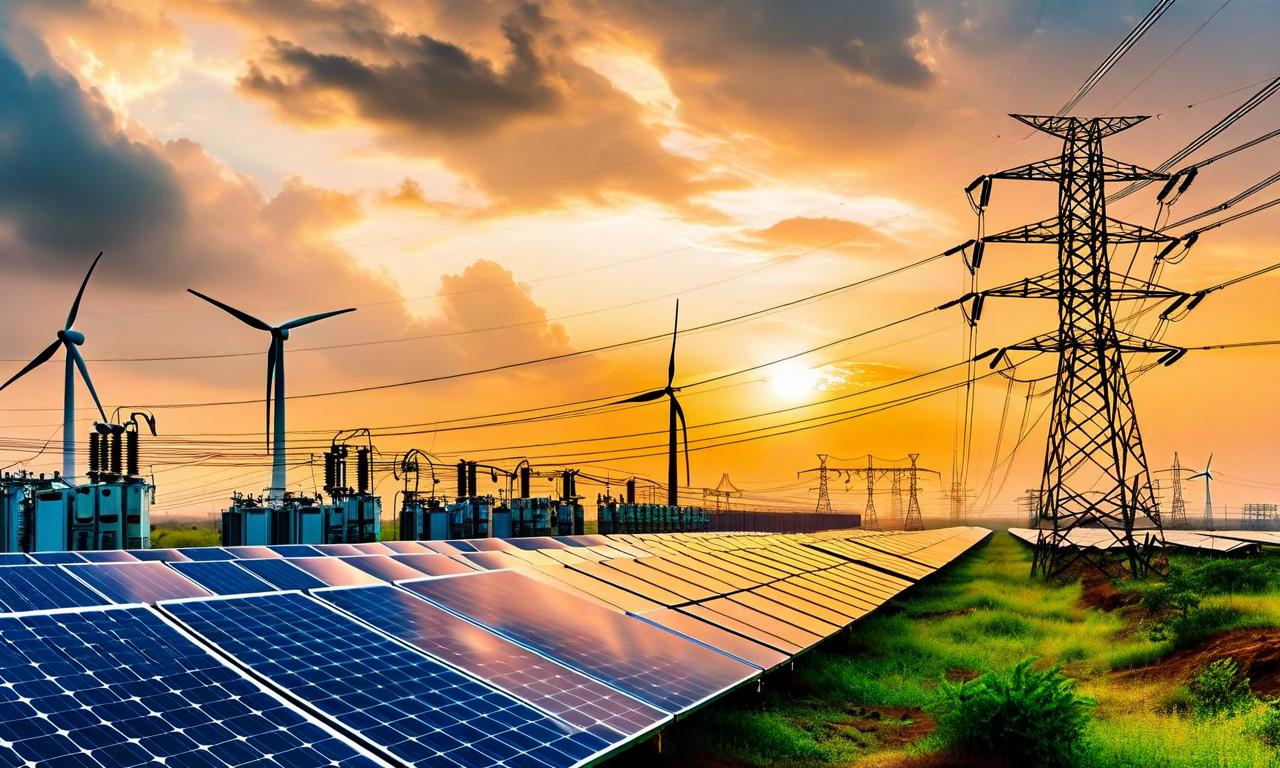
*this image is generated using AI for illustrative purposes only.
The Ministry of Power in India has taken a significant step to address the challenges facing the country's renewable energy sector. The ministry has instructed renewable energy implementation agencies to sign power purchase agreements directly with clean energy developers for projects that currently lack buyers. This directive comes in response to a substantial 50 gigawatts (GW) of clean energy projects being unable to come online due to incomplete transmission lines and regulatory delays.
Key Points of the Directive
| Aspect | Details |
|---|---|
| New process | Agencies to sign agreements directly with developers |
| Previous process | Agencies signed agreements with both end-buyers and developers |
| Deadline for implementation | November 30 |
| Meeting date | October 17 |
| Attendees | Representatives from NTPC Ltd., NHPC Ltd., SJVN Ltd., and Solar Energy Corp |
Projects Without Buyers
Of the 93 GW of renewable capacity tendered from fiscal 2024 onwards, a significant portion lacks buyers:
- NHPC: 15.8 GW
- NTPC: 12.4 GW
- SJVN: 10 GW
- SECI: 3.9 GW
In total, 42 GW of renewable projects currently do not have buyers.
Implications for India's Clean Energy Goals
This initiative is aligned with India's goal to double its non-fossil fuel capacity to 500 GW by 2030. By allowing direct agreements between agencies and developers, the government aims to accelerate the implementation of renewable energy projects and overcome the current obstacles in the sector.
As India navigates these challenges, the outcome of this directive will be crucial in shaping the country's renewable energy landscape and its progress towards sustainable power generation. The success of this approach could potentially unlock a significant portion of India's planned renewable capacity and contribute substantially to its clean energy transition.
